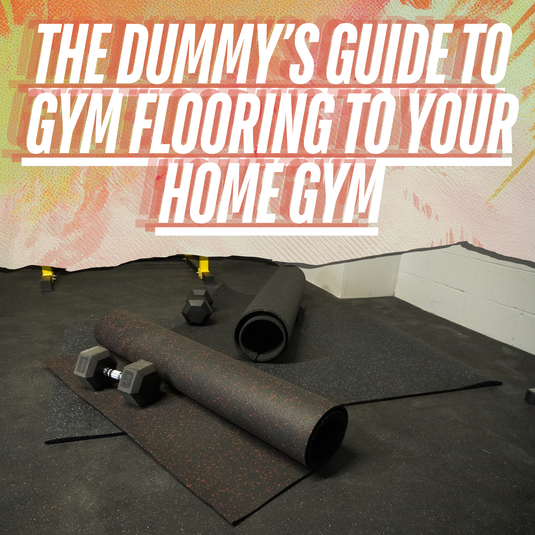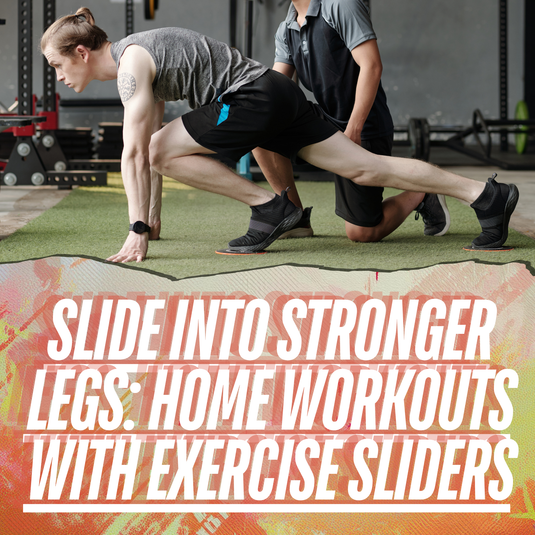Kettlebell Training: 3 Injury Prevention Tips

⏱️ Estimated Read Time: 6 minutes
🧠 TL;DR
- Kettlebell Training: 3 Injury Prevention Tips offers effective, accessible movements for targeted results.
- This guide is designed to help you move smarter, build strength, and stay consistent.
✍️ Summary
This post explores kettlebell training: 3 injury prevention tips in a way that’s actionable and easy to follow. Whether you're new to this style of training or leveling up, it includes practical takeaways for your routine.
📚 Table of Contents
If you train hard and push your body to the limits it’s almost impossible to avoid some form of microtrauma, but being smart about your kettlebell training and overall workout routine will help you avoid MOST major injuries. Most of the time the overuse of any movement pattern will eventually lead to potential repetitive use injuries. That goes for running, pushups, and even kettlebells exercise, or just about anything done with too much volume and intensity. It’s easy to get a little overzealous with a challenge that has a thousand attached to it. Thousands of swings, snatches, squats, (pick your poison) will definitely get you fitter, but at what cost? With just about everything you do you should be thinking about your athletic longevity. How can you move like an athlete as long as humanly possible. For me that means avoiding injury and here are three ways I like to assess and incorporate things to help me do just that.
- Always look at the Risk/Reward of a movement or workout
- Add in more isometrics
- Don’t be an exercise junkie
Always look at the Risk/Reward of a movement or workout
- How long each session will take
- how much time I have to dedicate to it
- how balanced the session is
- how much overall volume is in each session
- how many days per week
- how much technical skill is needed etc.
- You’re taking too much time between sets
- You’re trying to do too many movements.
- You’re doing too much volume within those movements
Add in more isometrics
- Pre-fatigue - pick an exercise, perform 10-30 seconds of an isometric hold and then perform the reps intended for the set.
- Intraset - perform 5-10 seconds of a hold followed by 3-4 reps of the movement 2-3x without stopping. This is by far the most brutal, but can elicit some incredible hypertrophic results.
- Post-fatigue - pick an exercise (typically the last set) and perform 20-30 seconds after the last rep.
More on isometrics coming in future articles, but don’t be afraid to slow down (or stop entirely) in your training.
Don’t be an Exercise Junkie
How is everything feeling and progressing?
If you’re looking to jump into something, look at it from all angles. If you’re a beginner in the kettlebell world, consider starting with a basic kettlebell workout. Make sure to join the first level of Living.Fit to access our free Kettlebell eBook with a beginner kettlebell workout plan all mapped out for you! This guide is perfect for kettlebell training beginners who want to learn kettlebell exercises safely and effectively.
Want more guidance? Check out our Weekly Dumbbell Workout #1.
📝 FAQs
How often should I do these exercises? +
2–3 times per week is a good starting point for most people.
Do I need equipment? +
Many of these can be done with just your bodyweight or a single kettlebell or dumbbell.
Can beginners do these routines? +
Yes! These movements are designed to scale with your fitness level.










